Search
Categories
- Activities (15)
- Attractions (3)
- Blue Angels (1)
- Community (1)
- Dining (5)
- Dog Friendly (2)
- Entertainment (2)
- Events (3)
- Family Friendly (4)
- Family Fun (5)
- Fun (1)
- Guides (7)
- Holidays (1)
- Information (5)
- Navarre Beach (25)
- News (1)
- Outdoors (3)
- Properties (4)
- Property (2)
- Property Management (13)
- Restaurants (4)
- Seasonal (3)
- Snowbirds (1)
- Things to Do (20)
- Vacation Rental Management (1)
- Watersports (3)
- Wildlife (2)
Recent Posts
- A Guide to Pensacola Airshows: Pensacola Beach Airshow & Homecoming Airshow
- An Insider's Guide to Navarre Beach By Navarre Beach Properties
- 6 Things That Make Navarre Beach Florida’s Best-Kept Secret
- Navarre Turns 100: 7 Reasons It Holds a Special Place in Our Hearts
- 6 Easygoing Experiences for Families in Navarre Beach


